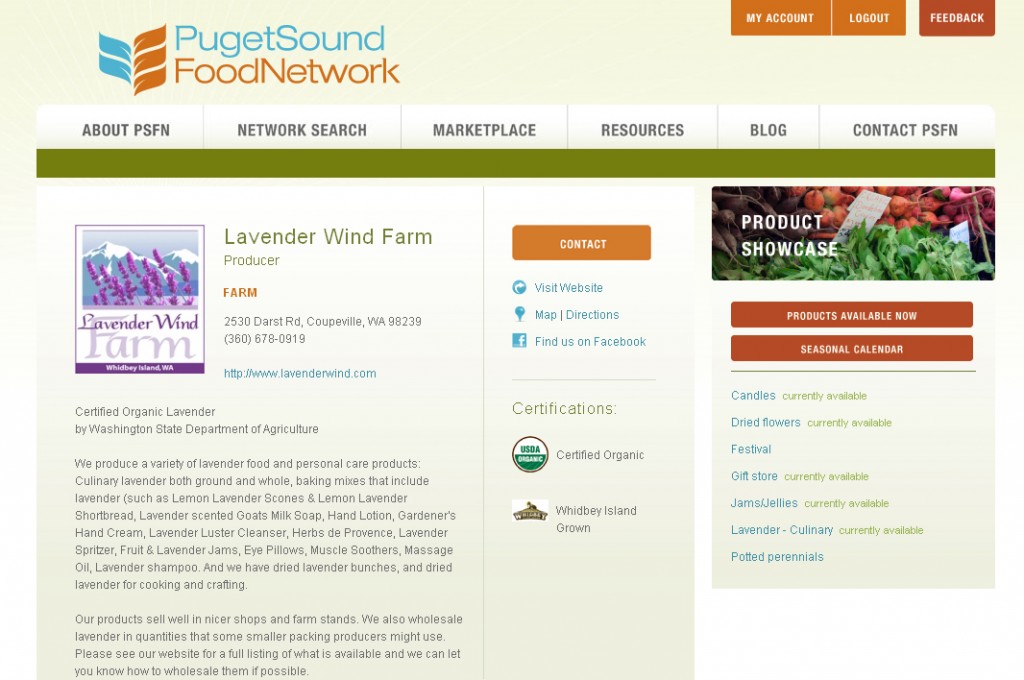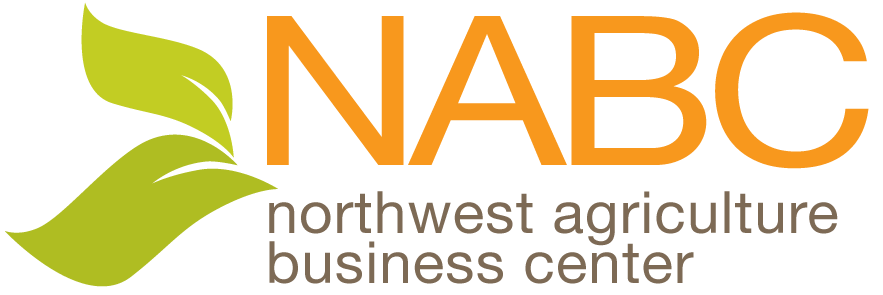How To Create The Perfect PSFN Profile
 Consumer research shows a continued interest in healthy eating. News about food recalls, the obesity epidemic, and the environmental impacts of global food trade has put the spotlight on regional food systems and local food is more popular than ever. Our food culture has shifted away from convenience and “cheap” food to one where mainstream grocery shoppers seek foods that are local, natural/ organic, fresh and clean. These foods are valued as quality and real. Consumers are skeptical of highly processed foods with unpronounceable ingredients, produce shipped from all over the world, and meat, dairy and fish produced in factory farms.
Consumer research shows a continued interest in healthy eating. News about food recalls, the obesity epidemic, and the environmental impacts of global food trade has put the spotlight on regional food systems and local food is more popular than ever. Our food culture has shifted away from convenience and “cheap” food to one where mainstream grocery shoppers seek foods that are local, natural/ organic, fresh and clean. These foods are valued as quality and real. Consumers are skeptical of highly processed foods with unpronounceable ingredients, produce shipped from all over the world, and meat, dairy and fish produced in factory farms.
Puget Sound area farmers, fisherfolk and artisans have a distinct advantage in today’s marketplace. There are over 4 million eaters in Western Washington and close to 10,000 farms. The food community is working together through projects like the Puget Sound Food Network, to bring farm and sea to market like never before.
Communicating with potential customers about your operation and products is the key to unlocking the potential that will drive business and build lasting relationships within the regional food community. It is important to today’s wholesale food buyers, sellers and service providers to know the “Who, What, When, Where, How, Why?” of your business and products.
PSFN Members need to know
- Who produces the food?
- What do you grow/produce?
- Where are you located?
- How? This includes production methods, certifications, and delivery and/or distribution ideas.
Be sure to add photos, logos, and product lists
- Sellers: Tell us what you grow or raise!
- Buyers: Tell us what you want to buy!
Who is the producer and where was the food grown/harvested?
It’s all about conveying Local and Fresh!
- Locale expresses the distinct geography of a region and implies quality and taste attributes (wild Alaskan Chinook, Whidbey Island Grown Pasture Raised Beef, etc.)
- Local food is seen as food with a face, since it is typically purchased directly from the producer. Tell a little about you and the people on the farm, the history. (Is this a third generation farm? What’s the heritage? New to farming but you raise sheep and have a background in organizational development? That’s cool!)
- Fresh implies REAL since the product is perishable- it doesn’t have “bad stuff” in it.
- Local has both geographic and symbolic meanings. What is most significant about your farm or operation?
- Local food is considered fresher because it hasn’t traveled very far. How do you harvest or store your products to maintain this quality?
- Symbolically local food can be expressed through a products’ locale (think about how winemakers talk about a vineyard’s terrior)
How was the food grown, raised?
Certified Organic? Pasture raised? Spray-free?
- Consumers understand organic to mean raised or grown without pesticides or hormones. If you are not certified, let the buyer know how you grow your food.
Consumers believe that food produced in this way is inherently healthier
- Use pull down menu to add certification/trade logos to show formal standards adherence.
Descriptive words to consider for products:
Meat: Grass-fed, Pastured, Breeds, Aging, Inspection, Herd size, Husbandry practices, Rotation and Nesting (pork)
Dairy: Certified Organic, RBST-free, Breed, Herd size, Packaging used (paper, glass, plastic)
Poultry and eggs: Heirloom, Breed, Vegetarian diet?, Pastured?, Cage free?, Organic?
Vegetables, fruits and grains: Varieties, Application and uses, History/heirloom, Health properties, Distinct flavor qualities and uses. (i.e. Roma tomatoes are often described as “meaty.” An excellent choice for sauces, roasting and preserving as dried and paste.)
Seafood: Wild, Where and how it’s harvested, Species
What products do you seek or have to sell? What’s in it?
In the product showcase, list all products you typically grow in one year or typically buy. Use the seasonality chart to show when this product is available.
Use pull down menu to add these products and contact Ann Leason at ann@agbizcenter.org to add products not shown in menu or specific product details as needed.
- Consumers use the word natural to describe what they are seeking – nothing artificial and free of the “bad stuff”
- However, consumers are skeptical of “natural” as a marketing term as they think it is overused and therefore devalued.
It is implied that a tomato is natural. It is redundant to say that a vegetable or fruit is natural.
It is important to say if it’s an heirloom or that it’s organic, GMO or spray-free.
A note to beef producers: Natural is fine, but you need to qualify it. Please use the term ground beef vs. hamburger. Hamburger carries negative associations with unclean, large scale meat processing practices. Ground beef implies higher quality and fresh.
- Consumer interest in heirloom fruits and vegetables and heritage animal breeds is growing as a response to consumers seeking information about from where their food comes. Hot areas for Heirloom/Heritage…
Beans: Nightfall, Marrow, Scarlet Runner, Anasazi bean
Grains: Henry Moore Yellow Hominy Corn, Inaka Soba, Emmer Farro
Pork: Berkshire, Duroc, Large Black, Tamworth, Mangalitsa “wooley pig”
Chicken: Jidori, Buttercups, Brown Leghorns
Vegetables and Fruit: Makah Ozette potato, Pimentes de Padron pepper, ETC.
Again, your description will help you target the right wholesale business partners.
The last word about local food and the economy
Consumers notions of value has changed as a result of the recession. Consumers are transitioning to a more purposeful, emotional and subjective orientation to value, away from traditional notions of value as a functional and implicit calculus of price, quantity, convenience and quality
Value does not have to involve making sacrifices, trading down on quality, or avoiding specialty items, BUT rather “getting the full value from things” (quality, experience). Value does involve scrutiny of intended use occasions to justify purchases and avoid excess or waste (relevance)
THE TIME FOR LOCAL FOOD IS NOW!
Need help crafting your message and building your profile? Contact your PSFN Account Manager.
